Can You Hear Me Now?
What best grabs your attention? Do you focus most intently upon what you see? Our primary stimulation comes through our eyes. Yet, spiritual engagement often comes when we close our eyes and open our ears. Seeing is not always believing!
Hearing is the sense by which Judaism seeks most to engage us. Even our most famous line of liturgy and Torah is Shema Yisroel – Listen up Israel! A challenge for Judaism is getting us to listen. The problem is not new. So it was at Sinai. So it is today. (While you continue to read, I hope you are really listening!)
Notice the description of the presentation of the Ten Commandments. The people “saw the mountain smoking and they trembled.” They then said to Moses, in essence, you tell us what God said. With Moses as God’s mouthpiece, God says tell them “you have seen that I talked with you from Heaven.” Think about that for a bit. Not that the people heard God’s message but rather that they have seen that a conversation occurred.
Faith is weak when we rely solely upon visual proof. Not long after the revelation at Sinai, the people crave a visual representation of God. They create a golden calf and worship that object.
The attachment to visual cues continues to dominate our sensory input. I don’t want to seem the Luddite who rails against technology. I am just noticing that the visual trumps the aural. Relying upon what we see rather than what we hear, we suffer an ignorance of spiritual information.
This information age, dominated by the Internet, engenders spiritual passivity. Short-lived visual stimulation comes via Instagram and YouTube. But spiritual engagement requires us to engage more deeply and employ other senses.
Judaism must compete for the attention of modern Jews who live fully in a world of technological advancements and consumer temptations.
A Judaism that is enduring is one that must be heard as well as seen. I offer three suggestions. First, prayer can be more engaging if we emphasize music, movement and meaning. Second, adult Jewish learning should focus on conversations and not pedantic education. Third, we must also make room for listening and the opportunity to receive what might be conveyed through silence.
Its time to for those who would lead Judaism forward to transcend the reliance on the visual, which is often passive, and inspire us to hear, engaging us into process and action.
The Jewish Studio recognizes that to be fully present and spiritually engaged we need to appeal to all of the senses. We invite all to both see and hear. We offer musical services, so we can sing together. We offer salons, so that we can have conversation. And we will be offering meditation, so that we make room to hear God’s voice. This is how we lay claim to a Judaism for today. Can you hear me now?
R Evan Krame
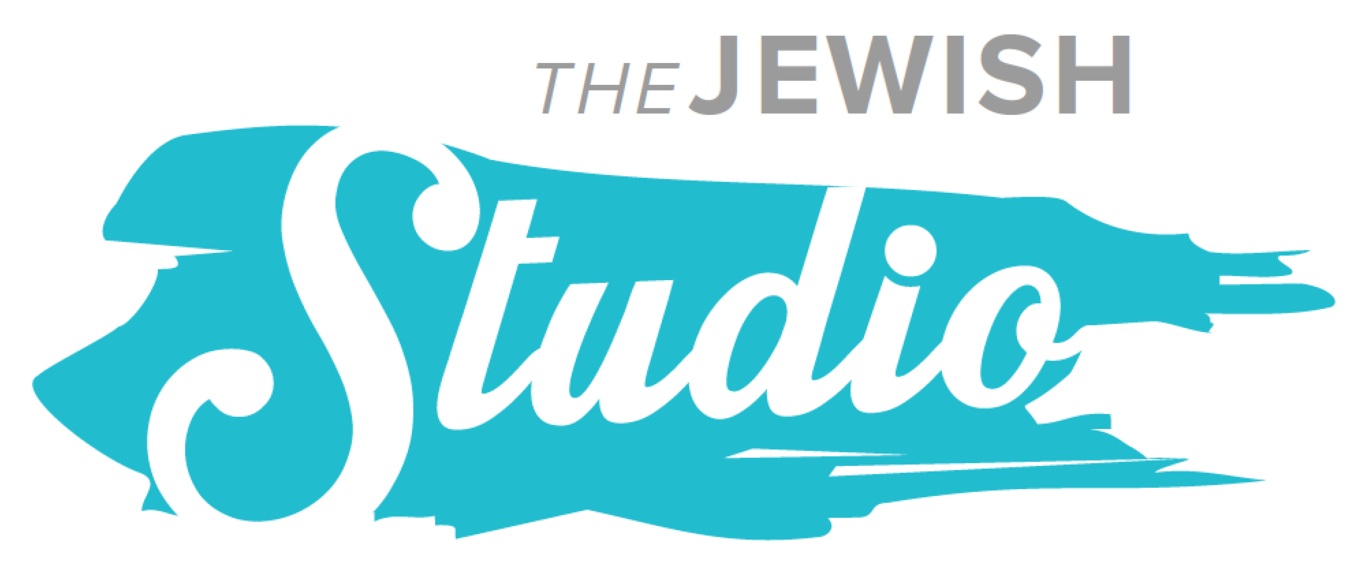
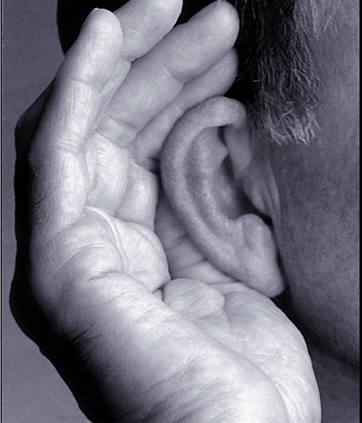


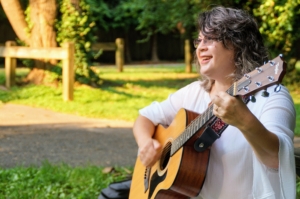
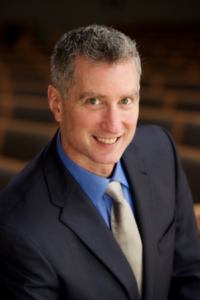
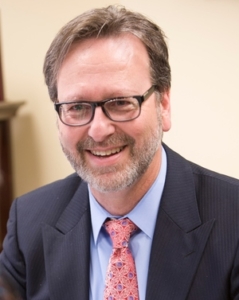 Evan J. Krame was ordained as a rabbi by the
Evan J. Krame was ordained as a rabbi by the